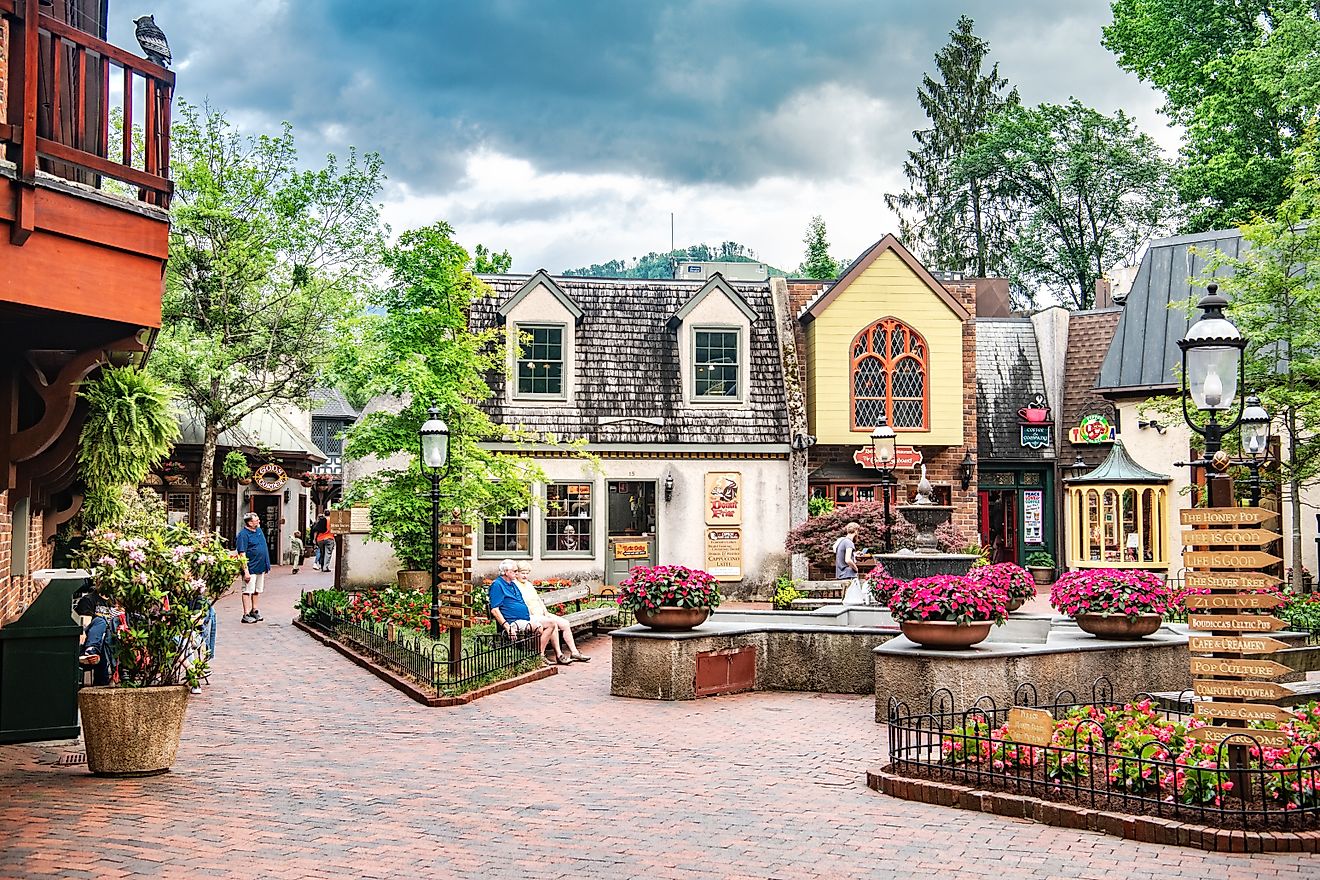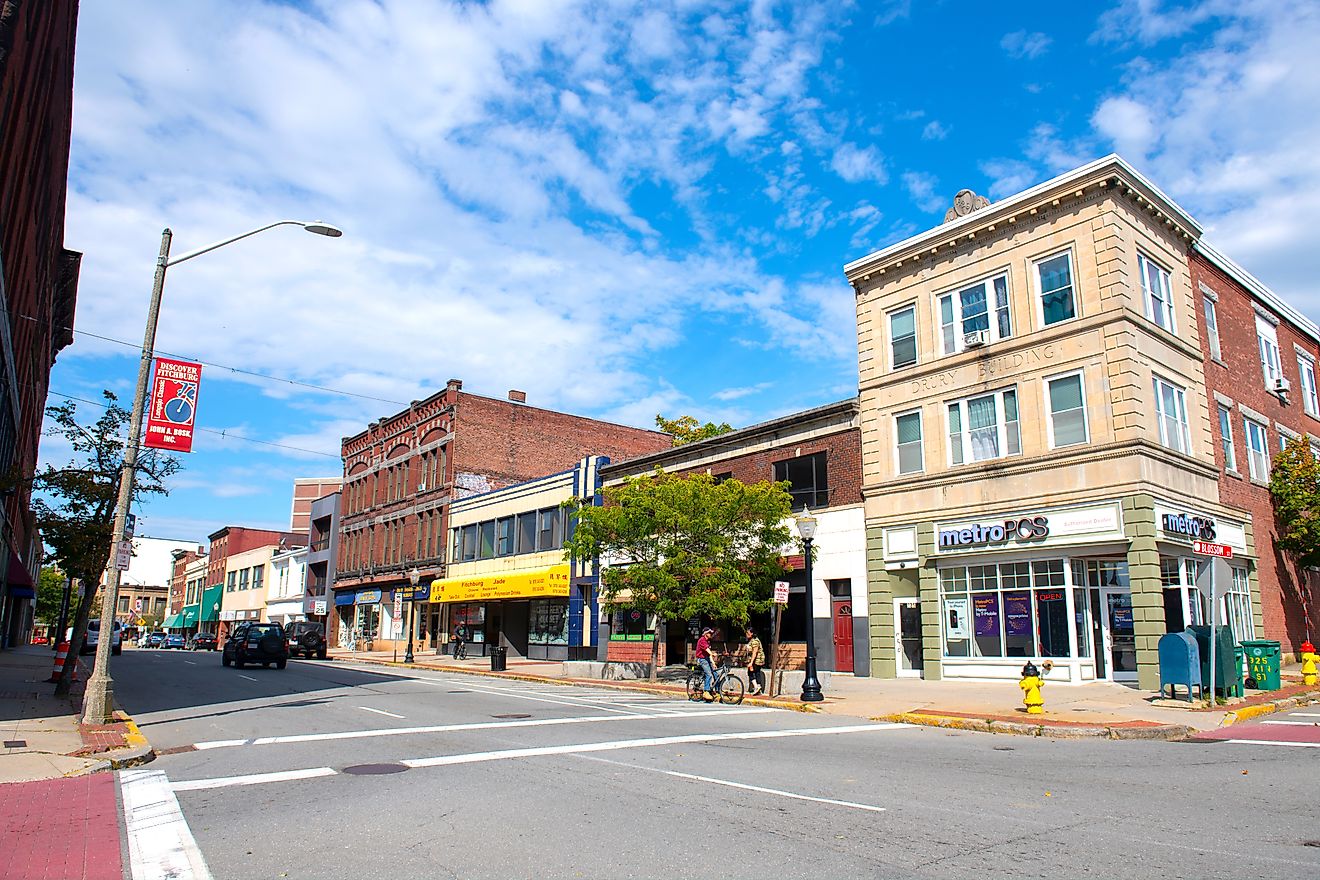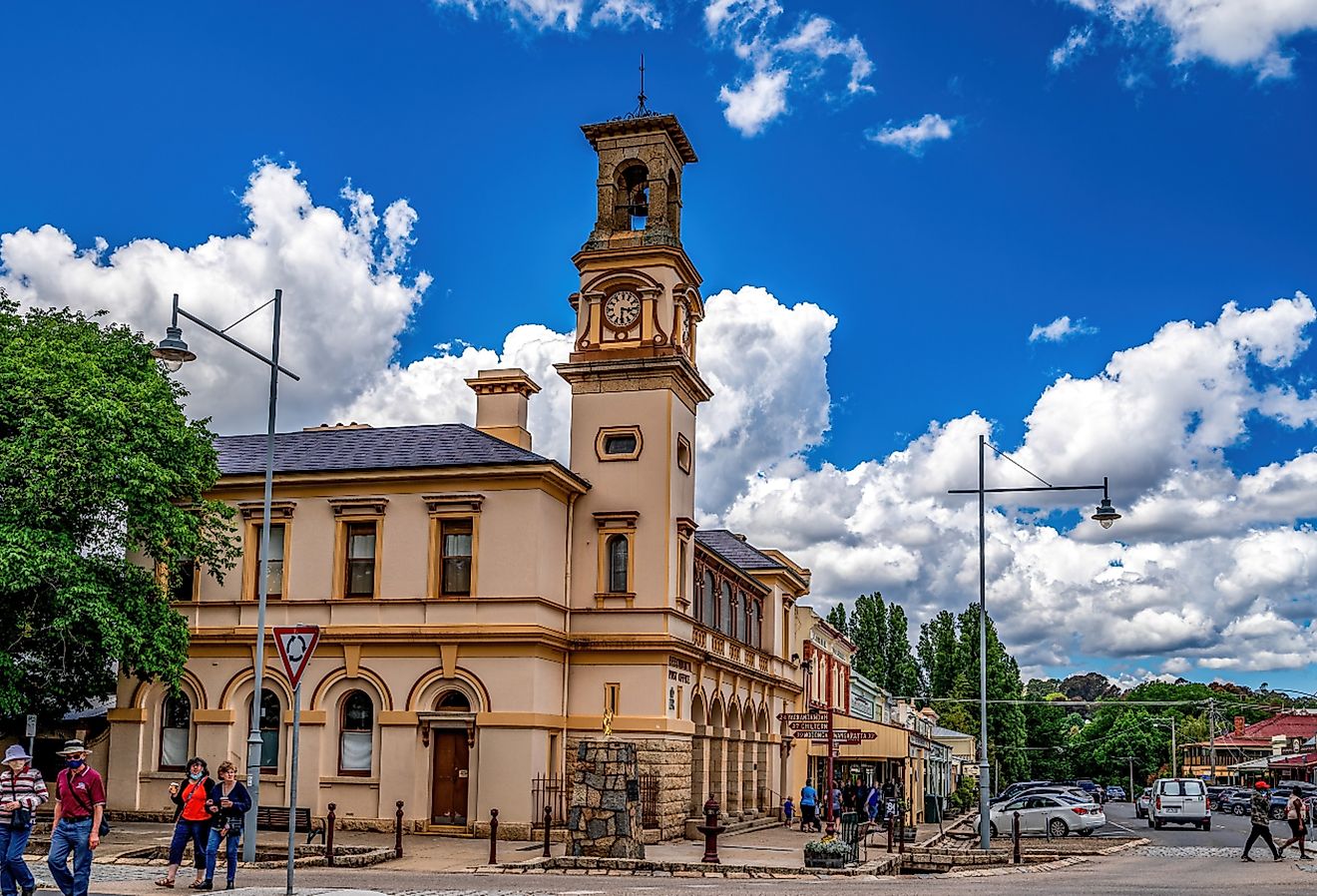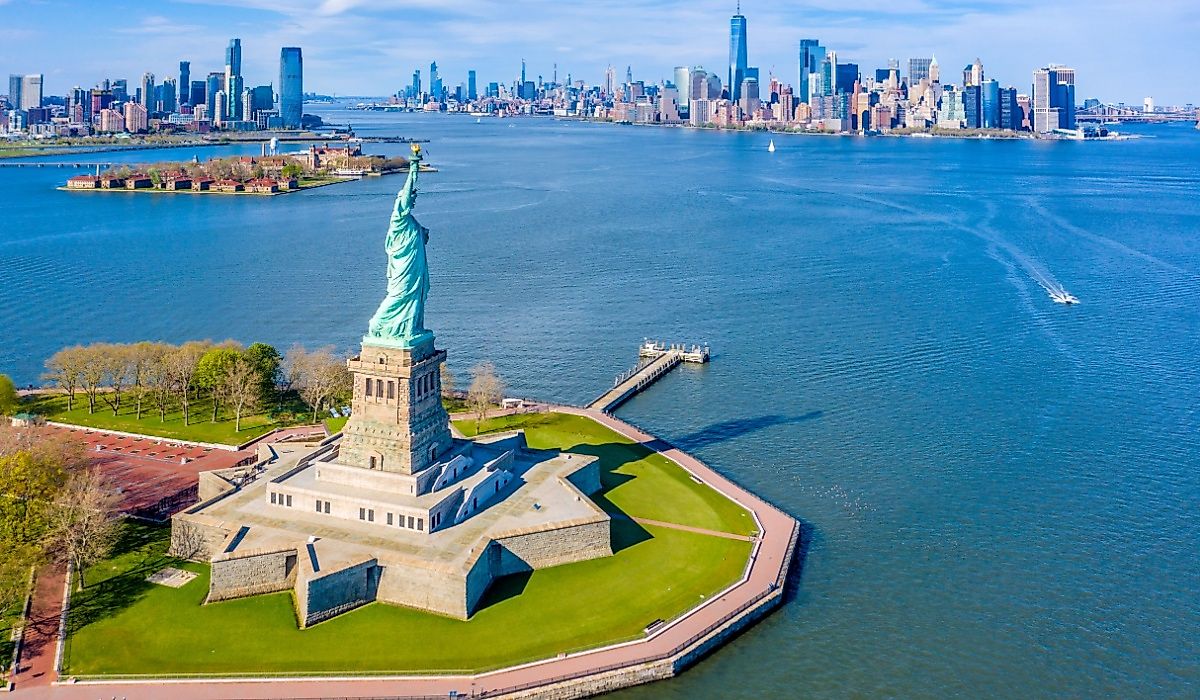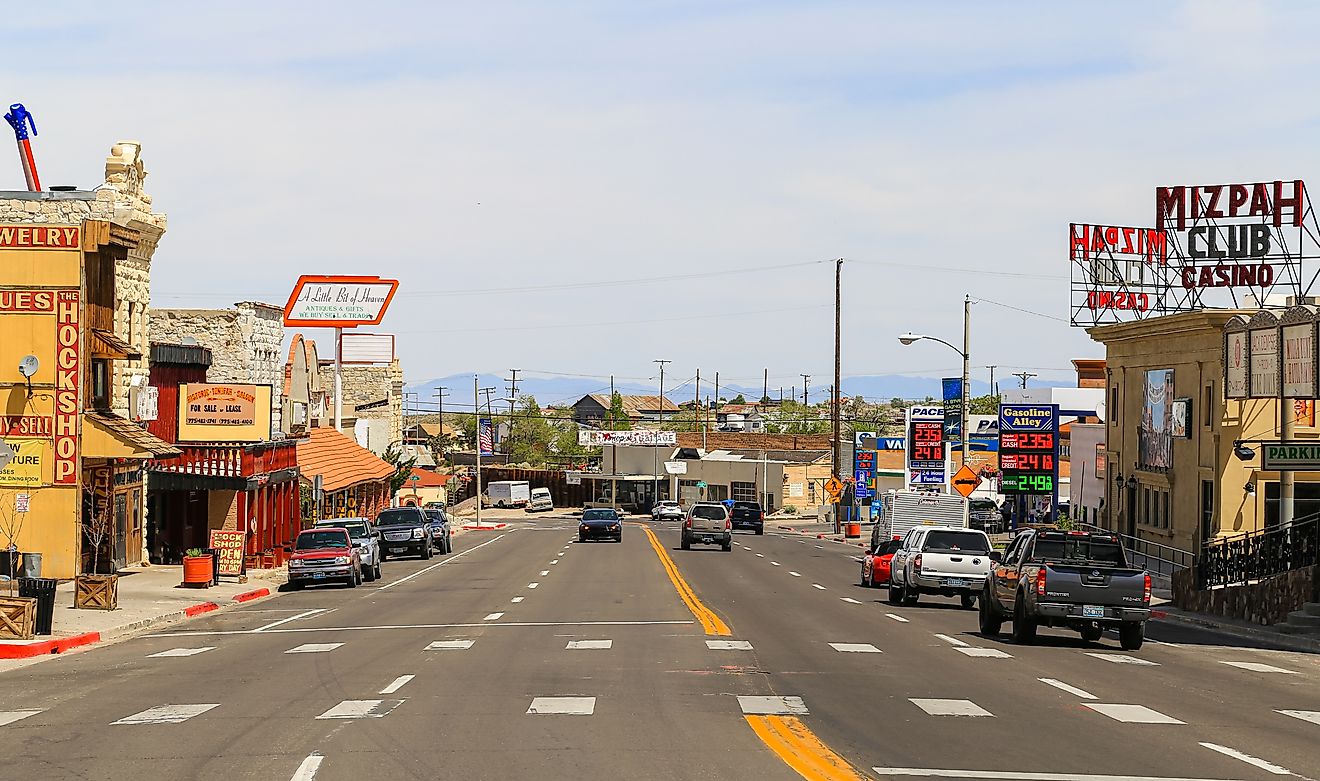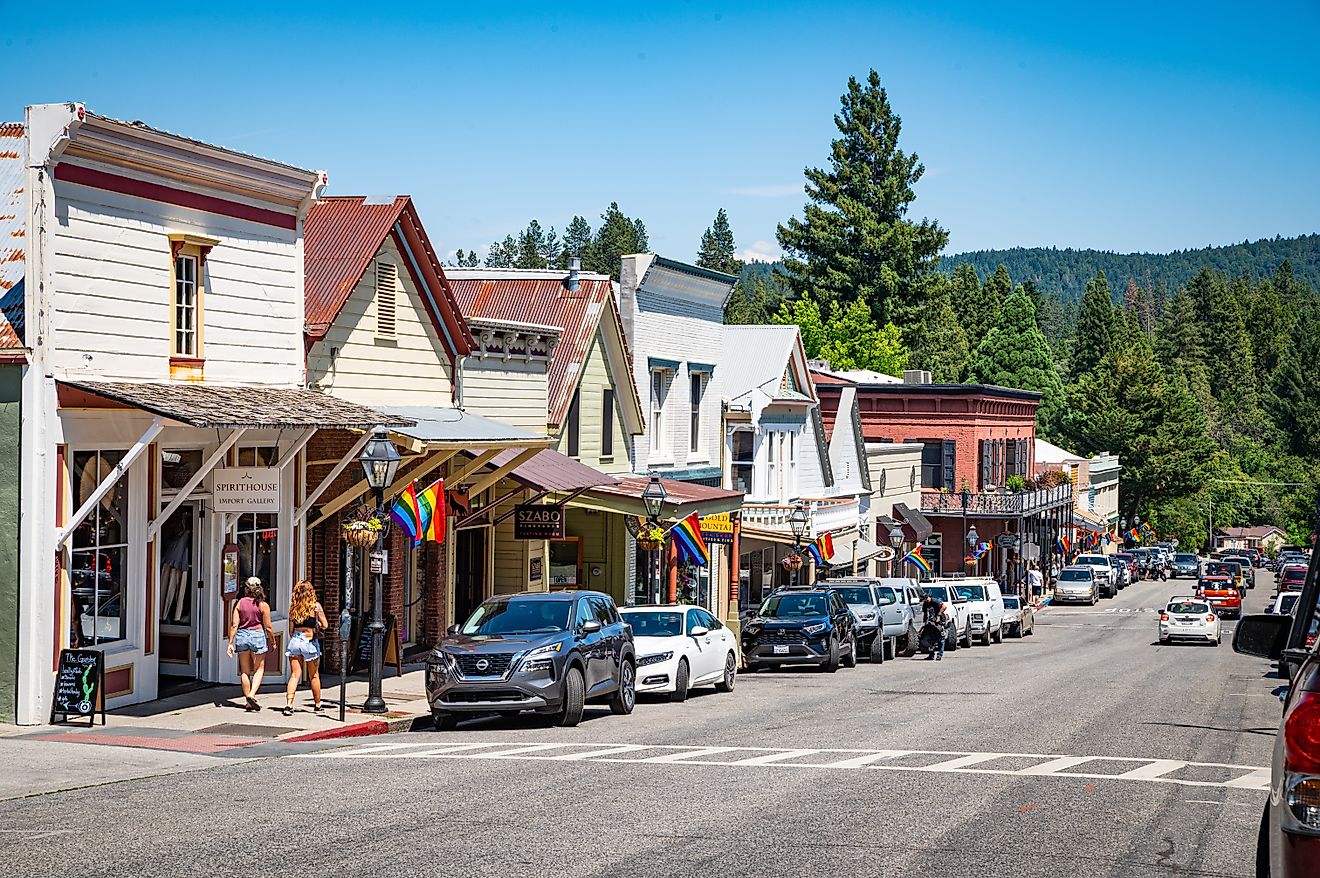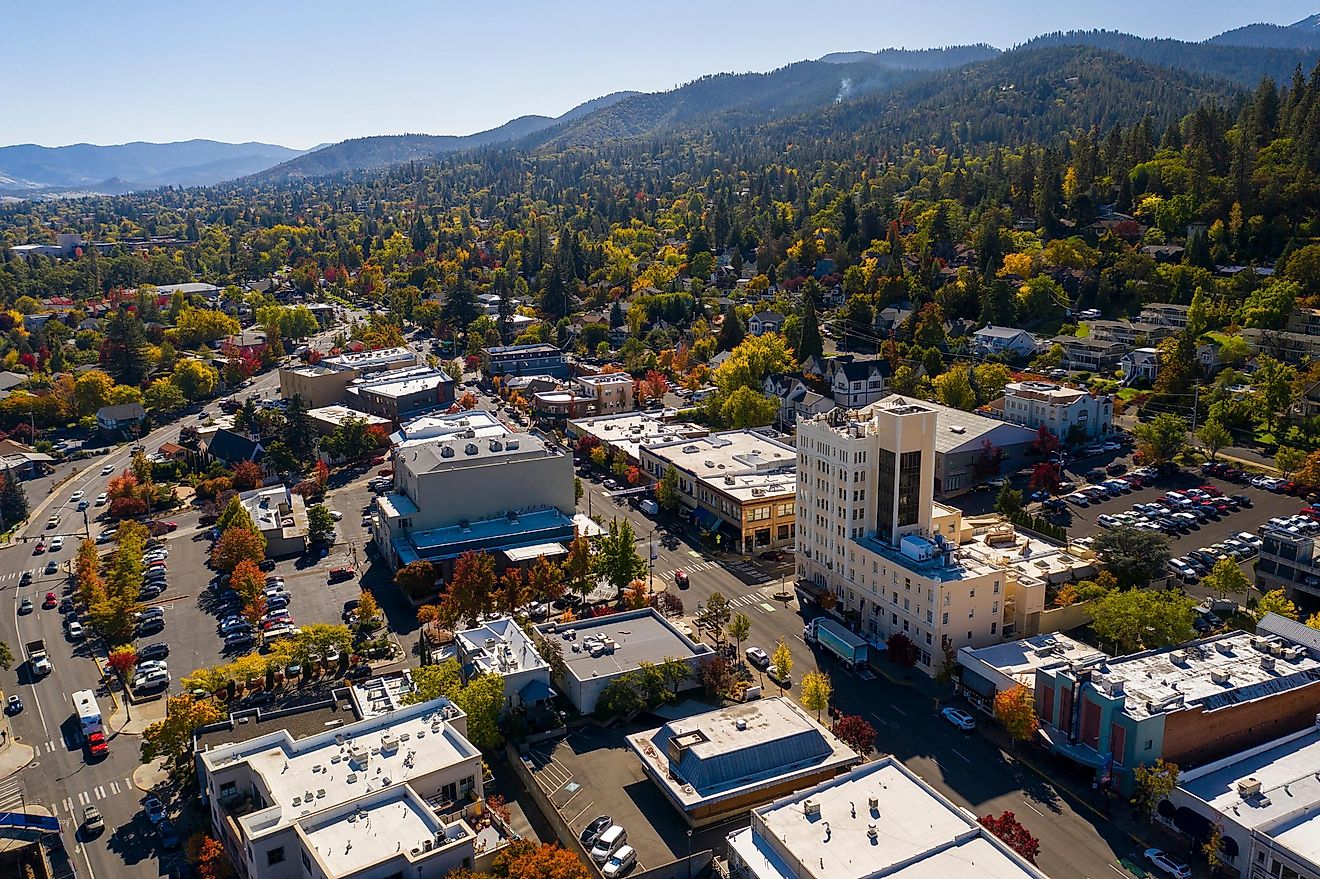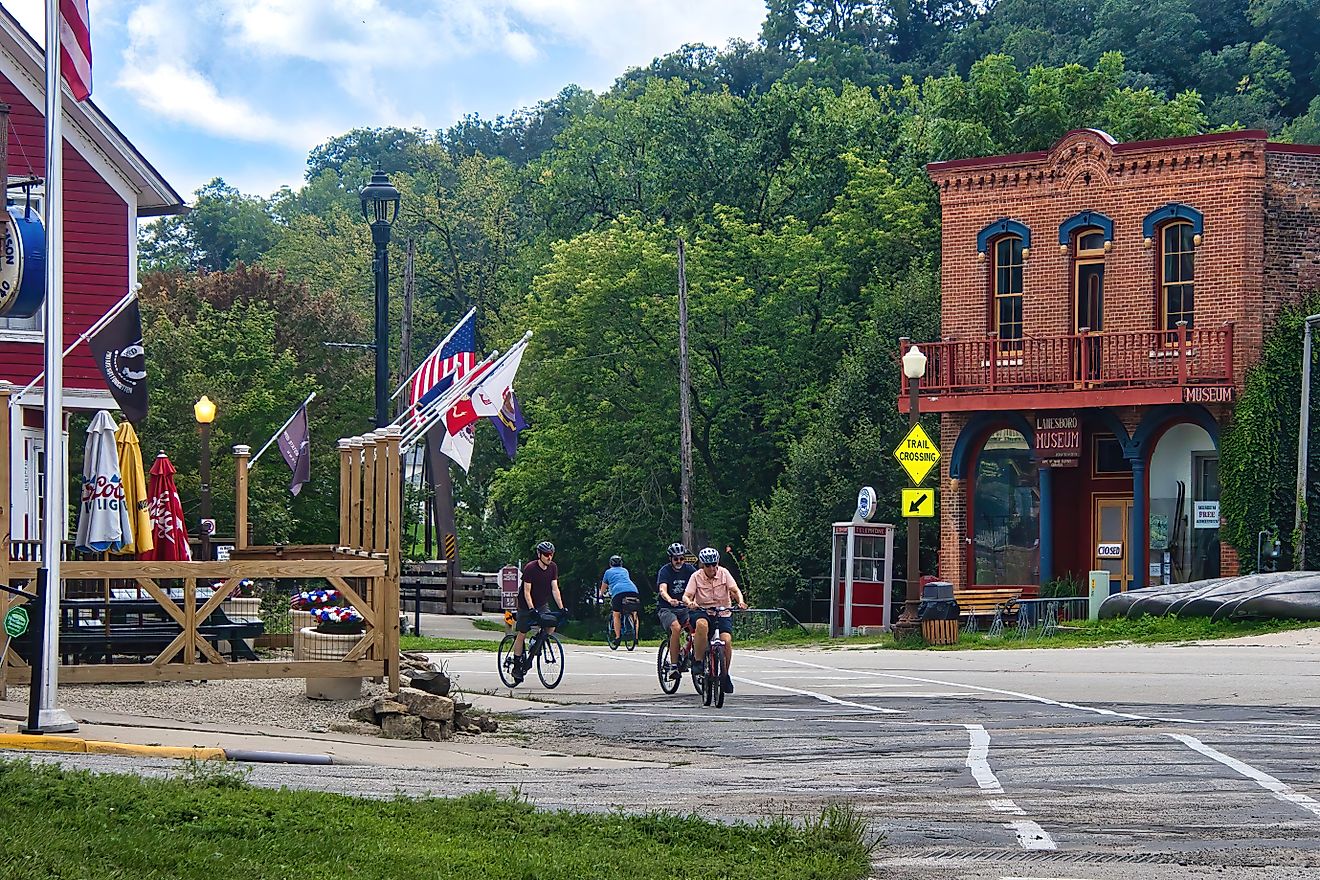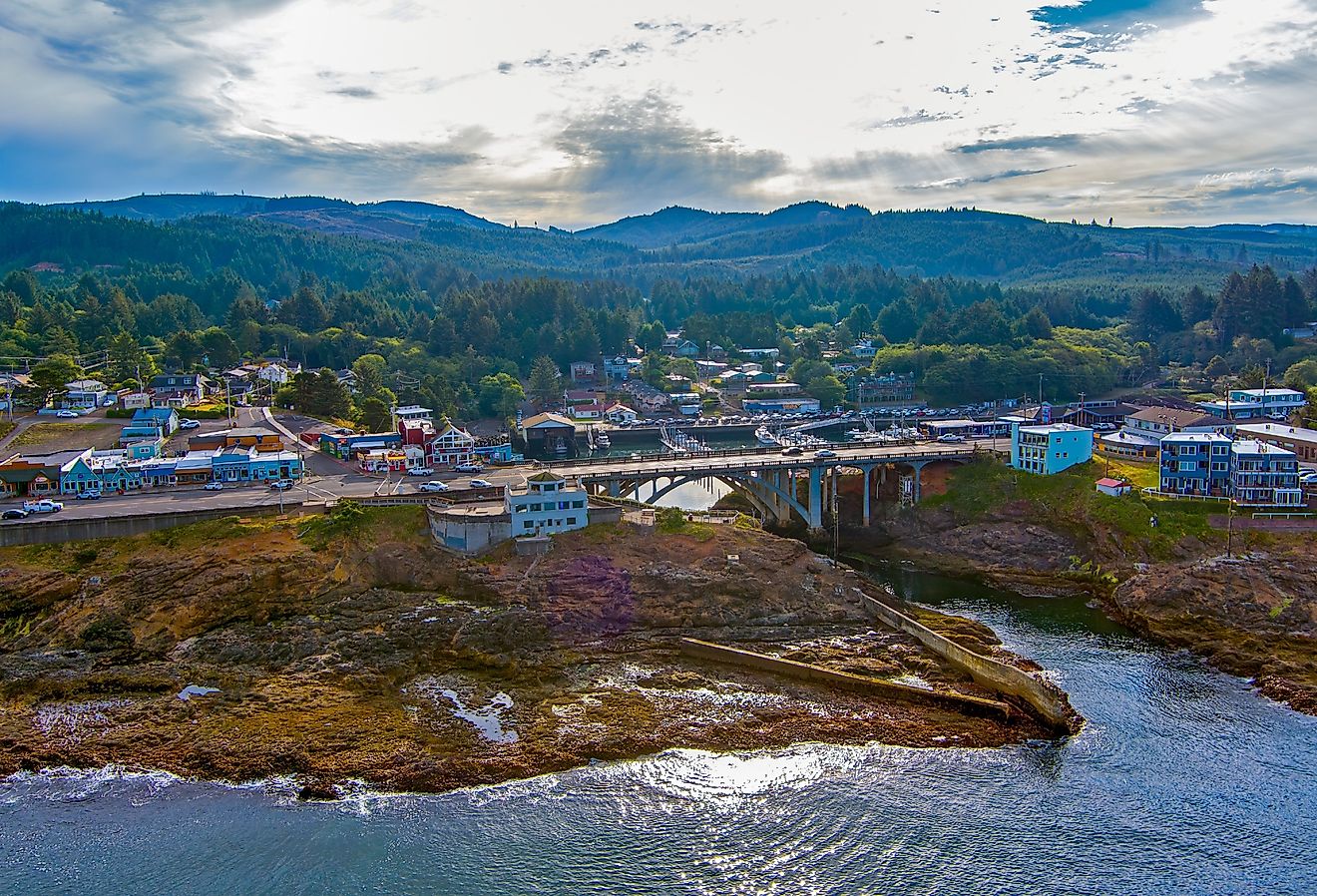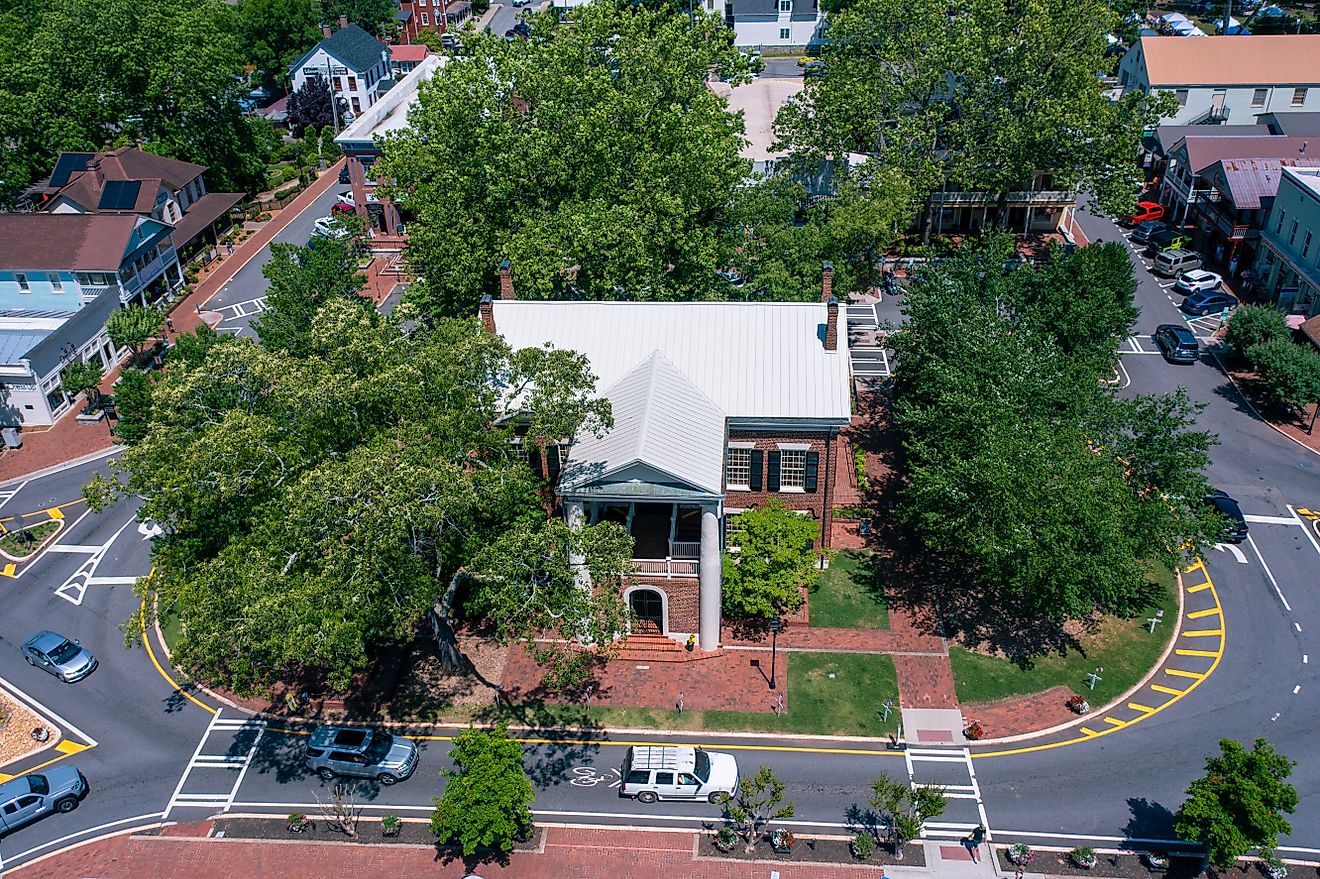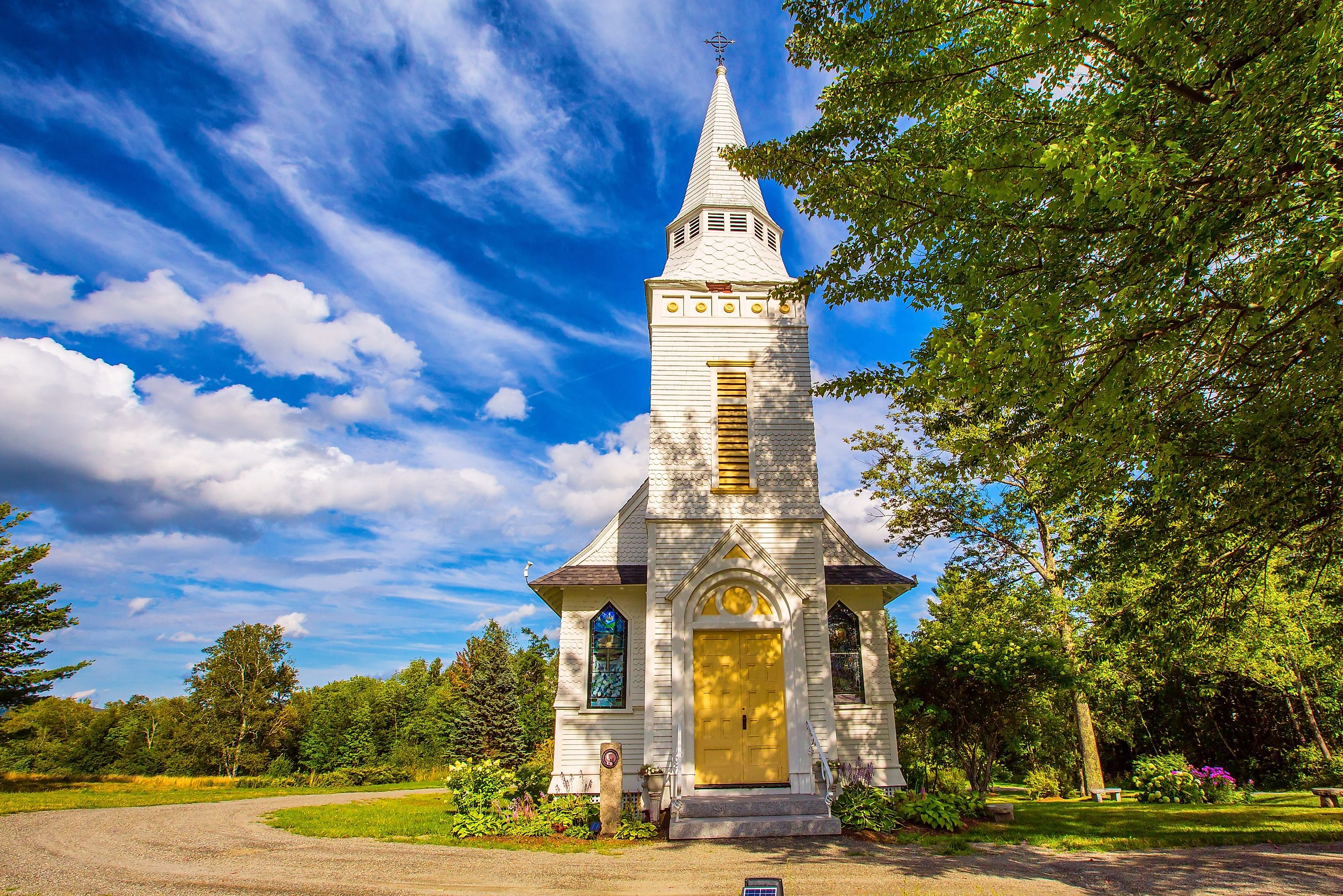
8 Quirkiest New England Towns You Didn't Know Existed
Forget the lobster-roll postcards and crimson-ivy campuses, New England’s true conversation pieces are the hamlets you miss while veering off the main roads. These are places that sit in cul-de-sacs of geography: cliff-ringed islands, kettled lake basins, high ridgelines carpeted in lupine.
The eight spots ahead won’t show up on your average colonial itinerary, yet each bends the familiar Yankee narrative into something stranger and sharper. One guards the Western Hemisphere’s largest tidal whirlpool, another drops a stair-stepped river through a woolen-mill labyrinth, and one refuses streetlights so visitors can chart Orion by harbor fog. Ready to discover these quirky villages? Keep reading; New England is about to get wonderfully odd.
Monhegan Island, Maine
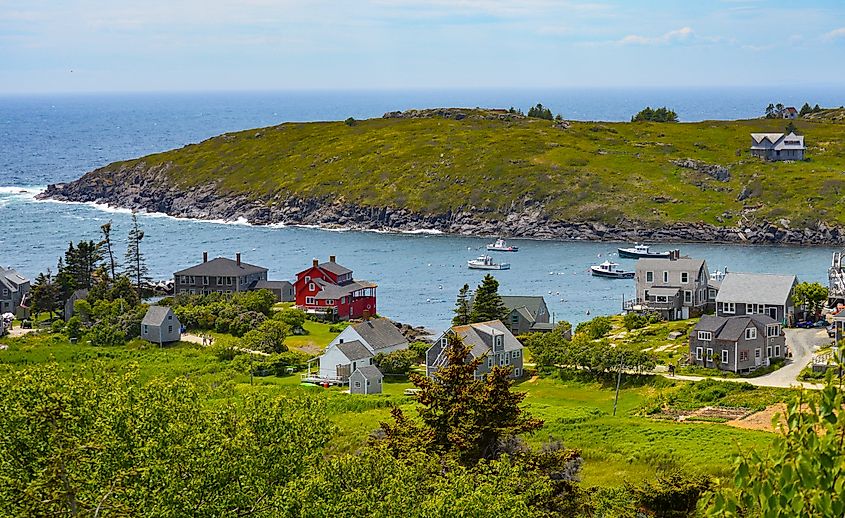
Wind-thrashed granite and an unbroken Atlantic horizon make Monhegan Island feel less like a town than a floating studio stage; only sixty-four year-round residents share ten streets, and no cars or streetlights dilute the salt-sprayed darkness. Since 1890 two of every three islanders have kept a sketchbook, maintaining the United States’ smallest continuous art colony. Mail still arrives aboard the 1968 mail boat Laura B after crossing twelve nautical miles from Port Clyde. Even spruce-lined Cathedral Woods hosts the clandestine “fairy-house” tradition, where visiting children build thumb-sized dwellings from moss and driftwood.
Begin at Monhegan Light & Museum, whose 1850 stone tower and keeper’s house display Rockwell Kent studies beside salvaged anchor iron. Continue through Cathedral Woods to Whitehead, a 160-foot basalt bluff offering winter seal sightings and steady shearwater fly-bys. Return to the harbor for smoked-haddock chowder at The Barnacle Café; proprietor Donna Bardwell still hand-chalks the tide table before sunrise. Close daylight at Monhegan Brewing Company, a former fish shack where Matt and Mary Weber ferment small-batch Trap-to-Table ale with well water drawn under Lobster Cove.
Lubec, Maine
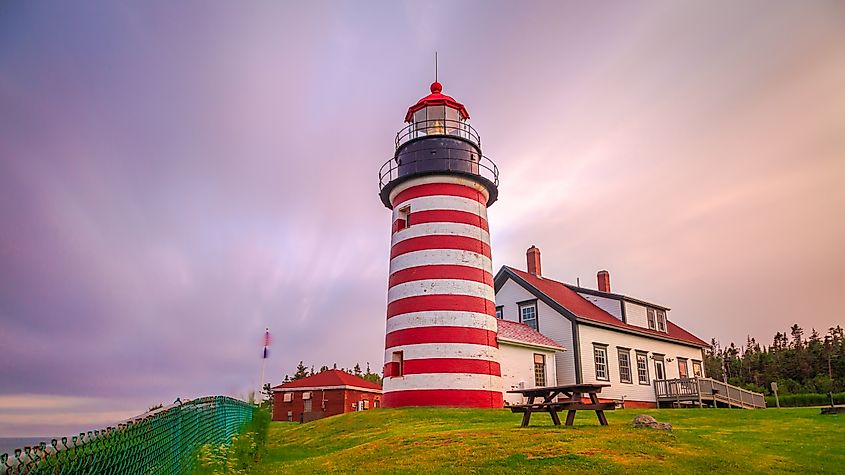
Lubec greets dawn before any other continental settlement; its downtown clock strikes sunrise while Boston still sleeps, and residents joke that their shadows measure Canadian time because Campobello Island sits one thousand feet offshore. Fog amplifies the fifty-foot Bay of Fundy tide swing, revealing sea-carved rhyolite ledges that once hid Prohibition-era rum-running skiffs. In 1897 the town exported more sardines than all of France, yet today barely twelve hundred people remain, guarded by the candy-striped sentinel of West Quoddy Head Light. The harbor also echoes with the low churn of Old Sow, the Western Hemisphere’s largest tidal whirlpool, on still summer nights.
Climb the spiral cast-iron stairs of West Quoddy Head Light for a lens-level view spanning Grand Manan to the Bold Coast. Follow the neighboring Quoddy Head State Park bog boardwalk, where carnivorous pitcher plants outnumber picnickers five to one. Back in town, sample Bolivian-filled sea-salt truffles at Monica’s Chocolates; owner Monica Elliott still tempers every batch by hand in a former net-mending shed. Dinner means locally landed scallops at the Water Street Tavern, whose windows face the wooden pilings of the defunct American Can Company, reminding diners that the quiet harbor once rattled with twenty-three packing lines.
Shelburne Falls, Massachusetts
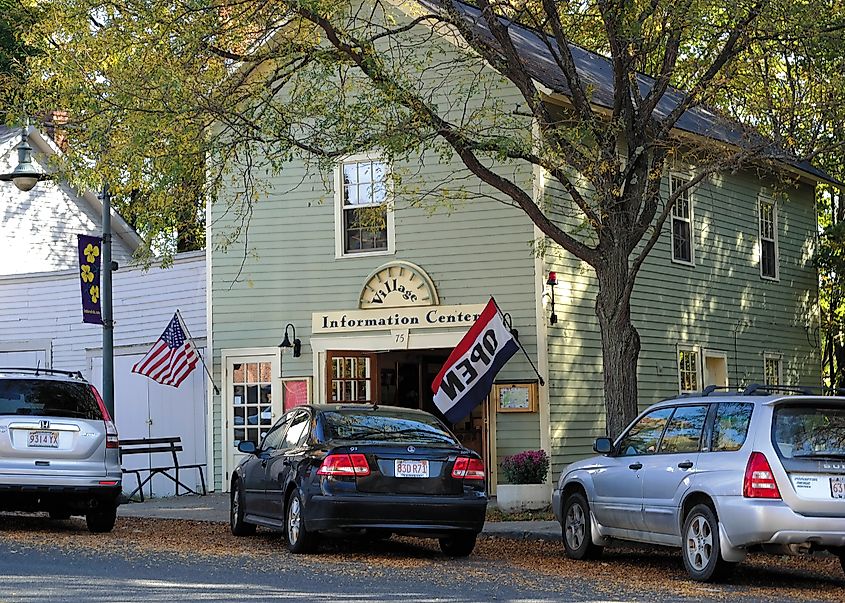
Shelburne Falls straddles the Deerfield River yet exists legally in two towns, Shelburne and Buckland, so its police cruiser carries both seals on one door. The village invented its own currency (“Shelburne Falls Art Bucks”) during the 2008 recession and honors the scrip in six storefronts. Robert Downey Jr. filmed courtroom scenes for “The Judge” on Bridge Street, and fans can match camera angles from the 2014 release.

Walk the 400-foot Bridge of Flowers, a 1908 trolley span replanted with eighty perennial species by the Women’s Club after rail service died in 1929. Descend granite ledges to the Glacial Potholes for thunderous spring runoff blasting through 14,000-year-old bore holes. Ring the brass conductor’s bell before boarding Car 10 at the Shelburne Falls Trolley Museum; volunteer motormen still issue Edmondson tickets. Finish the day two doors up at Shelburne Falls Bowling Alley, the nation’s second-oldest candlepin alley; ten wooden lanes, rebuilt after the 1936 flood, still use hand-activated scoreboards and maple pins turned in Athol today.
Grafton, Vermont
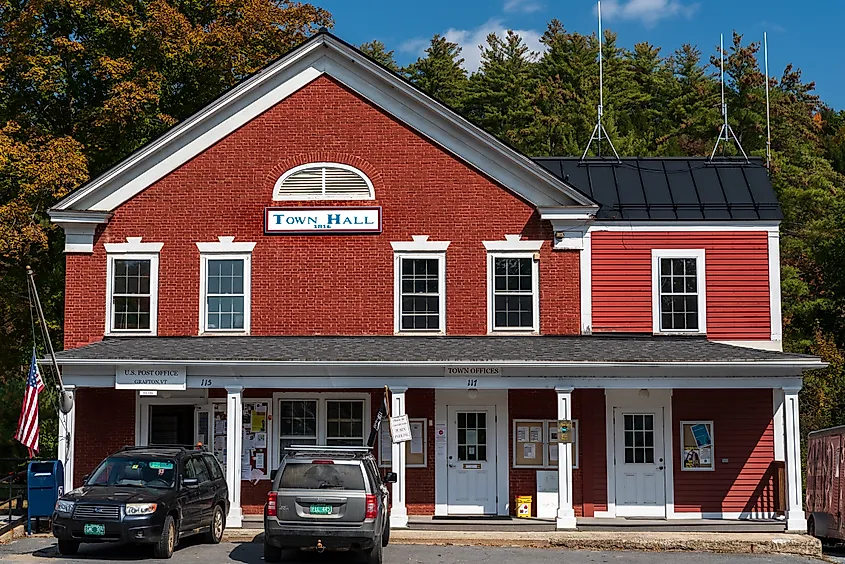
Grafton almost vanished in 1936 when two floods and a clipper-ship market crash left only seventy residents; a century later its marble Civil War monument still lists more soldiers than current households. The Windham Foundation quietly purchased half the village in 1963, repairing every Greek Revival façade without adding a single overhead wire, creating America’s largest privately funded historic restoration. Main Street’s lamps replicate whale-oil lanterns yet burn biodiesel blended at a farm eight miles west.
Sample raw-milk cheddar inside the stone aging caves at Grafton Village Cheese Company; wheels mature for up to five years under naturally cool air. Cross the common to the 1801 Grafton Inn, where Ulysses S. Grant once slept; the public Phelps Barn tavern pours maple old-fashioneds beside a working ox yoke. Hike or fat-bike the 30-kilometer trail network at Grafton Ponds Outdoor Center, whose snow-making pond doubles as a summer swimming quarry. Finish at the Nature Museum at Grafton, where a four-story diorama tracks a raindrop from spruce ridge to Saxtons River.
Kent, Connecticut
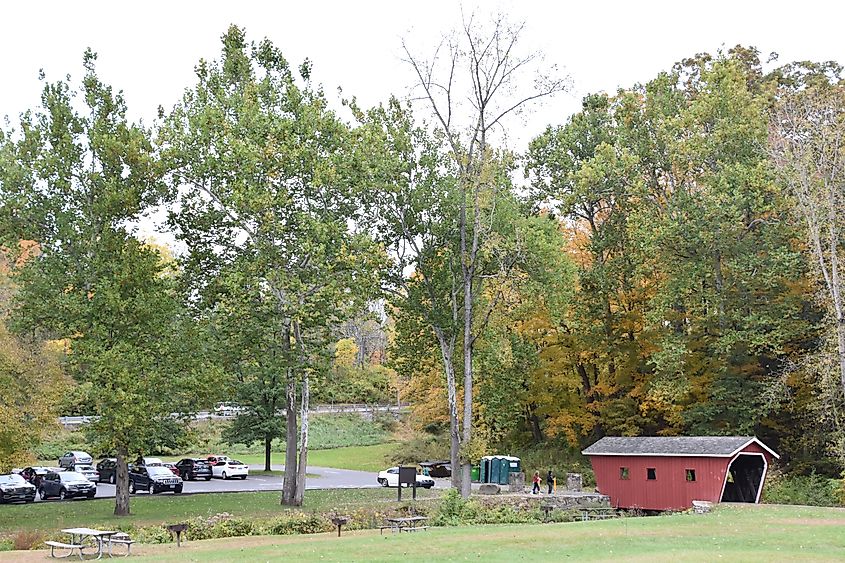
Kent hides along the Housatonic Gorge like a mill settlement frozen just before electrification; its one traffic light flashes only during October foliage weekends. Here the Appalachian Trail shares pavement with Main Street for eighty yards, making Kent the smallest incorporated town directly crossed by the 2,198-mile footpath. The 1842 Kent Iron Furnace still stands intact, so rare that metallurgists test its bricks to model nineteenth-century charcoal flux. Main Street’s House of Books operates the state’s last independent bookstore with a full letterpress upstairs, printing custom bookmarks on a 1915 Chandler & Price. Readers trade trail memoirs for coffee tokens at the counter daily.
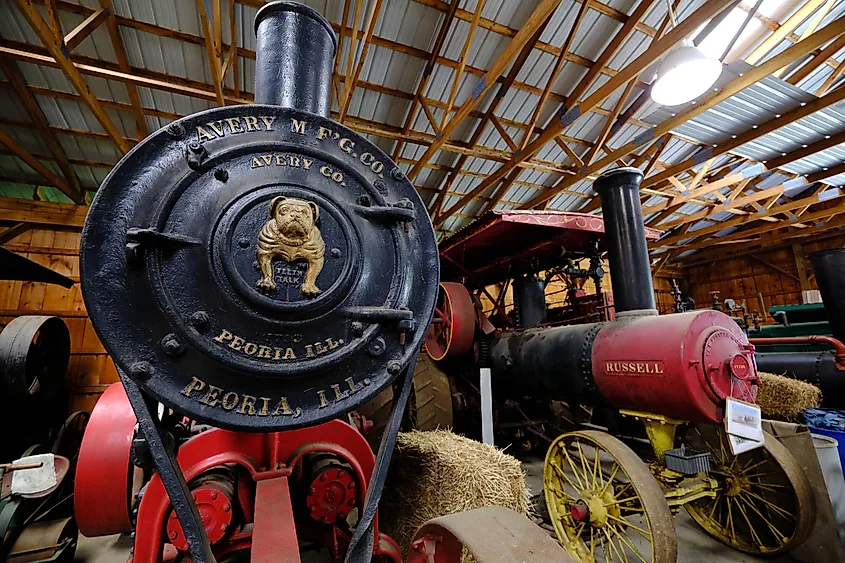
Start three miles north at Kent Falls State Park, where water drops 250 feet in a quarter-mile stair; the CCC stone stairway parallels every cascade. Retrace Route 7 south to truss-and-timber Bull’s Bridge, built 1841; motorists still wait single file while roosting swallows skim the Housatonic whitewater. Next door, the Eric Sloane Museum displays the artist’s cloud studies beside the working bellows of that preserved iron furnace. Evening means grass-fed burgers and local pilsner at Kingsley Tavern, housed in a 1909 dry-goods store.
Little Compton, Rhode Island
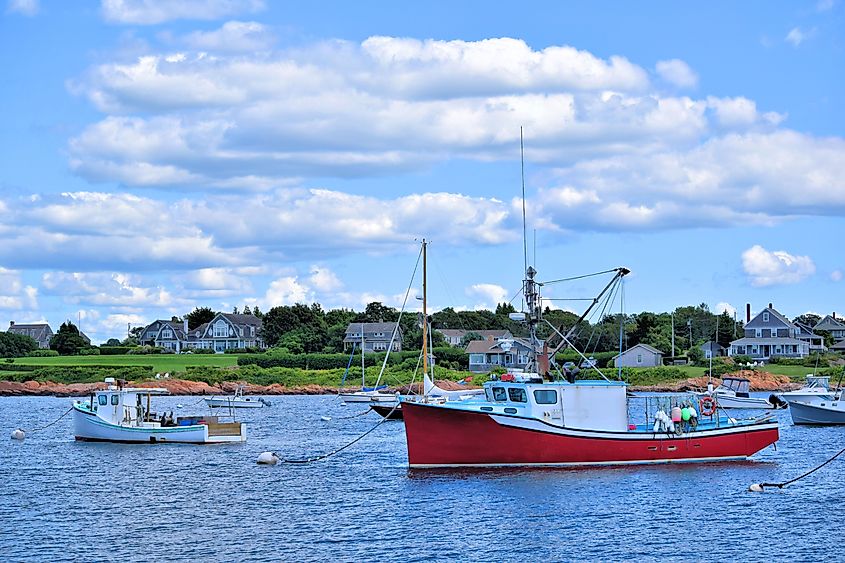
Little Compton occupies a fog-pierced peninsula named Sakonnet by the Wampanoag, yet it functions more like an offshore republic; residents still bury time capsules in the Commons every fifty years dating to 1702. The Rhode Island Red chicken was first bred here in 1854, commemorated by a bronze rooster that faces east toward Cornell where the strain was standardized. Puddingstone ledges ring Sakonnet Point, and December low tides expose hermit-crab pools warm enough to steam in frosty gusts still.
Sip estate pinot noir at Carolyn’s Sakonnet Vineyard, where wind turbines power the gravity-fed crush pad and oyster shells mulch the cabernet rows. Cross West Main Road to the 1690 Wilbor House Museum; costumed guides still card flax on the barn floor before firing the brick beehive oven. Walk half a mile south to Goosewing Beach Preserve, a rare dune system patrolled by plover wardens who record every nest hatch in pencil ledgers. Finish at Gray’s Ice Cream, operating since 1923 inside a weather-blackened dairy barn; order coffee-milk frappe, then watch the adjacent 1718 Gray’s Mill waterwheel grind heirloom white-cap flint corn for jonnycake mix.
Harrisville, New Hampshire
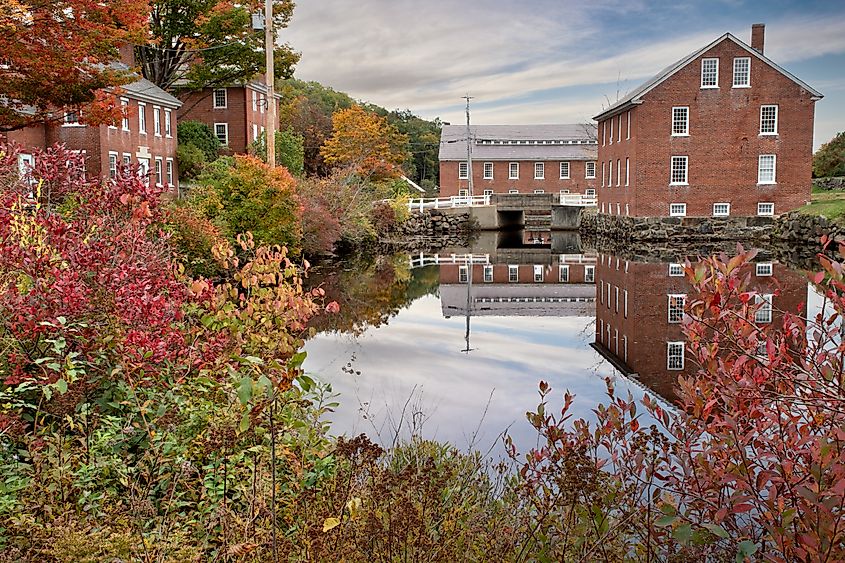
Harrisville is the United States’ only woolen-mill village whose original brick mills, boardinghouses, and dammed ponds still operate under one corporate charter from 1865. Architects call its ten connected reservoirs a “stairway of water,” dropping 350 feet and powering looms with the same overshot wheels certified by the National Park Service. Scenes from Ken Burns’s shelved 1981 documentary pilot “The Mill Owners” were filmed here before PBS declined to fund the series further. In 1910 Harrisville installed the first rural streetlights in New Hampshire; they remain, fitted with LED bulbs custom-cast to mimic carbon filaments.
Study granite canals and turbine pits inside the Cheshire Mills Complex; interpretive panels explain how water raced through penstocks to Carding Mill Number 2. Cross the yard to Harrisville Designs, where forty-eight Swedish looms still weave tweed yardage for Shaker-style blankets; visitors can buy cone ends by the pound. Refuel across Church Street at the Harrisville General Store; its second-floor porch overlooks Schoolhouse Pond while bakers pull maple-cream cronuts each dawn. Rent a canoe at the store and glide onto Skatutakee Lake, a kettle-hole basin ringed by undeveloped hemlock ridges that drop loons’ wails straight back across the water like a tuning fork.
Sugar Hill, New Hampshire
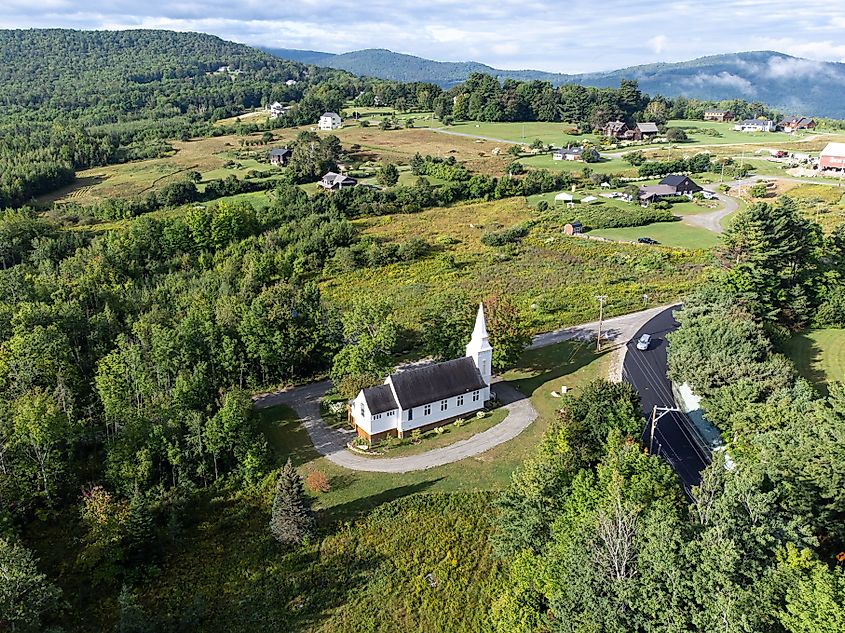
Sugar Hill trademarked its own sunrise in 1929 when guests at Peckett’s-on-Sugar Hill staged the Western Hemisphere’s first organized ski school on pasture slopes facing the Presidential Range. The town still issues a seasonal license to one horse-drawn hayrack, preserving the hilltop taxi service that predated chairlifts. The 03586 postmark prints the highest average altitude of any New England ZIP, a fact displayed proudly above the clerk’s window there. Every June, thirty acres of volunteer lupine ignite violet against the schist ridges, and botanists monitor the bloom to the day rather than the week.
Fuel up at Polly’s Pancake Parlor, operating since 1938 inside a former carriage shed; the griddle turns out buckwheat cakes topped with maple butter churned onsite. Walk two minutes north to Harman’s Cheese & Country Store, where seventy-pound waxed cheddar blocks age two full years before being knife-sampled for customers. Across Route 117, the Sugar Hill Historical Museum displays Bette Davis’s 1951 guestbook signature alongside the original Peckett’s ski-tow pulley. Sunset arrives on Sunset Hill Ridge, a mown crest behind St. Matthew’s Chapel; standing stones mark vantage points for Mount Washington, Lafayette, and Moosilauke, letting visitors track each summit’s alpenglow without moving a boot.
New England’s mystique doesn’t end at Lexington Greens or lobster shacks; it deepens in these eight outliers where tides whirl, looms hum, and fairy houses sprout beside granite. Each community proves eccentricity and endurance are regional commodities, traded like maple syrup and cod. Travel slowly, listen carefully, and you’ll exit with pocket-sized currencies, lupine seeds, and the conviction that small towns manufacture the biggest stories worth carrying home and retelling.
